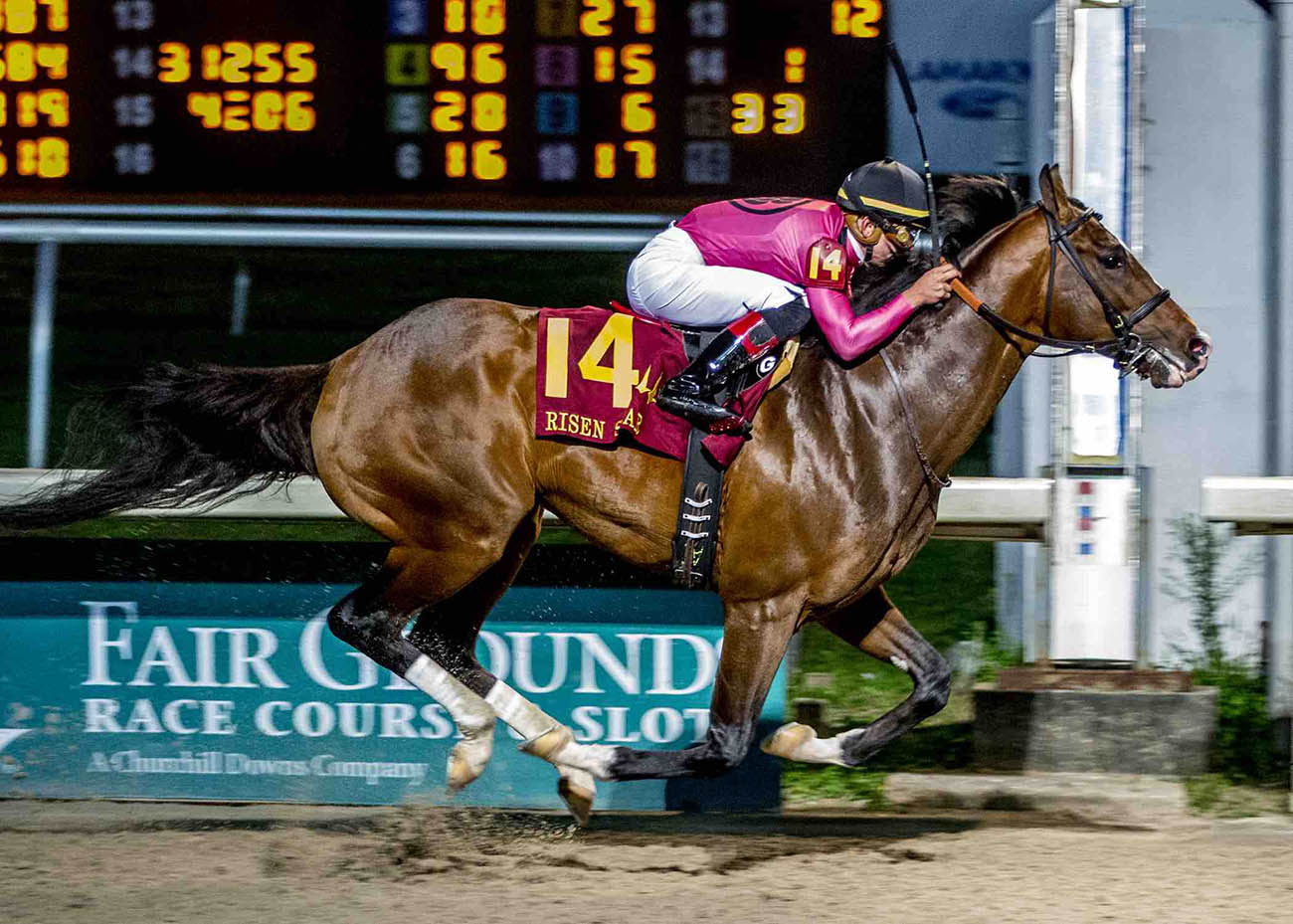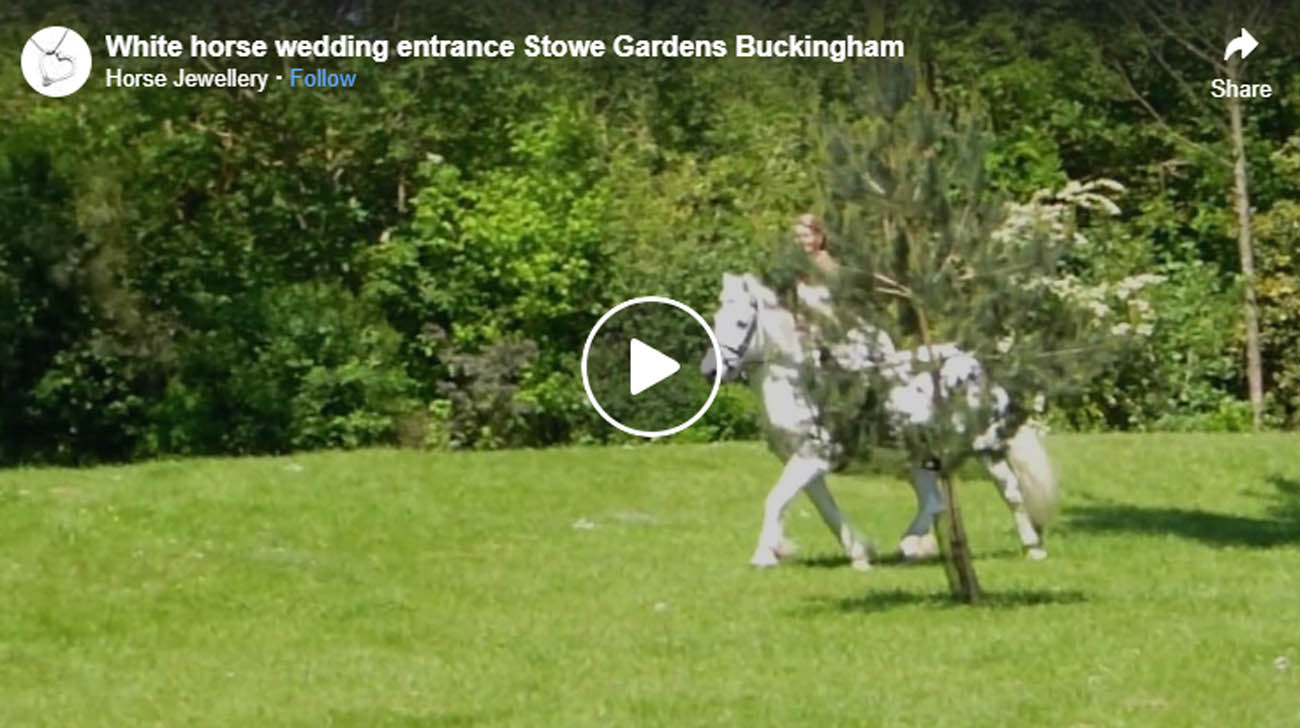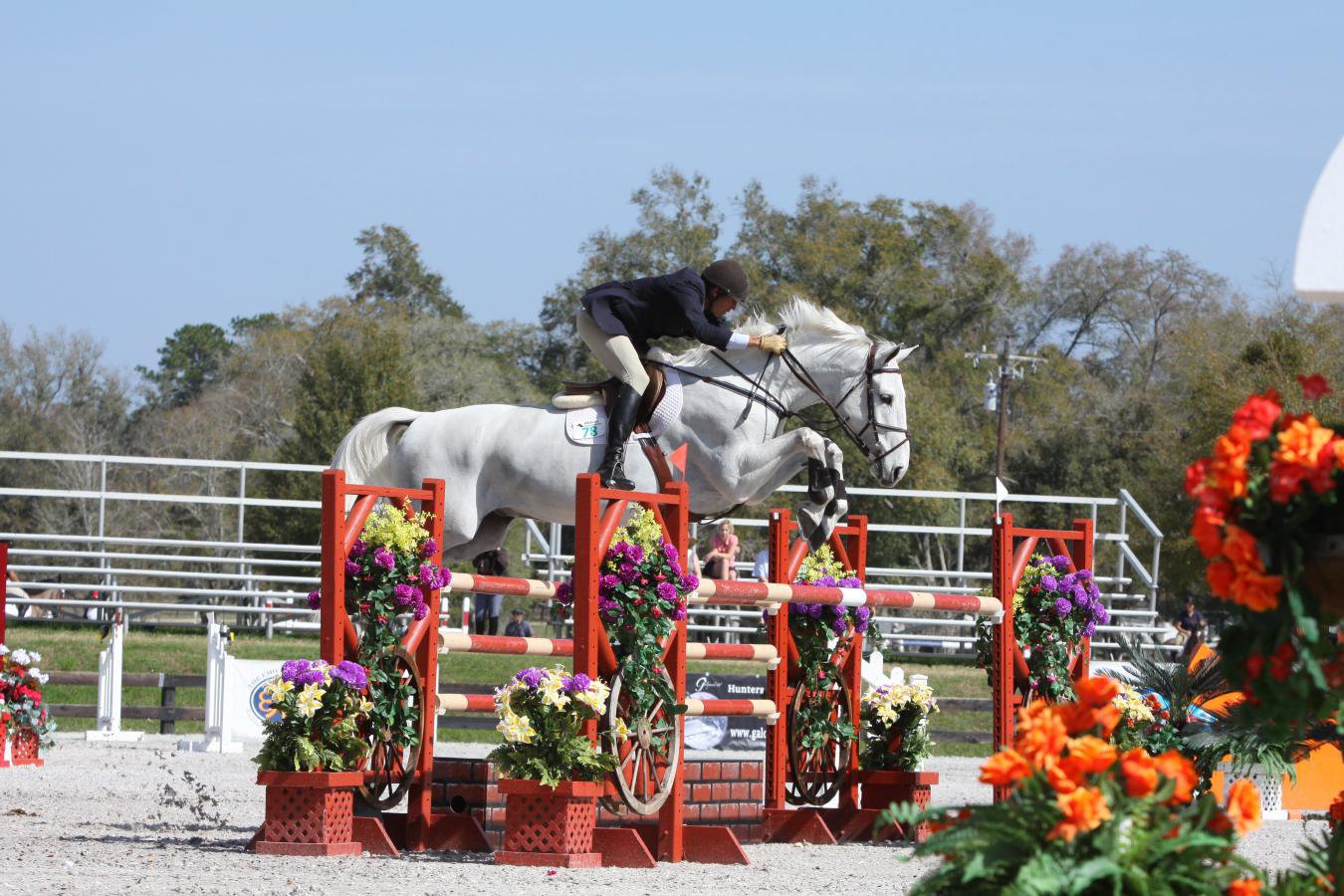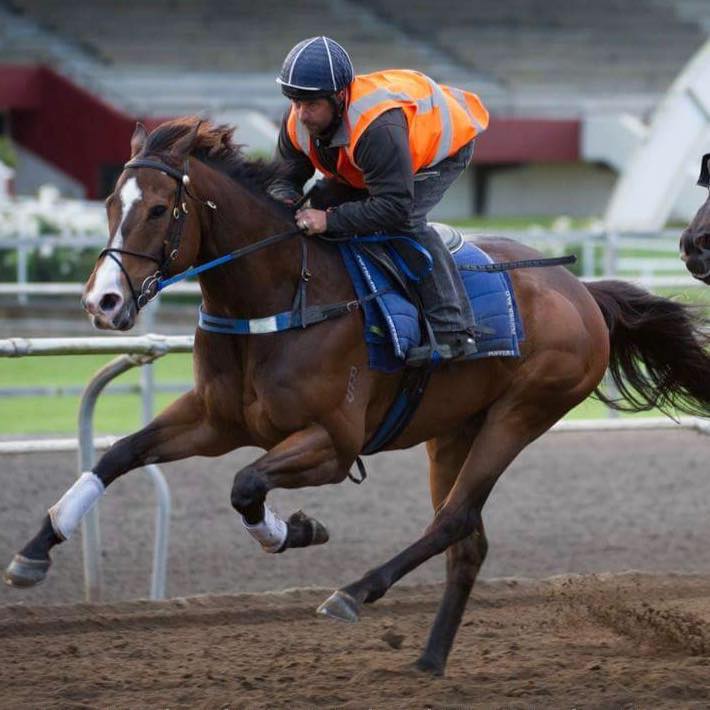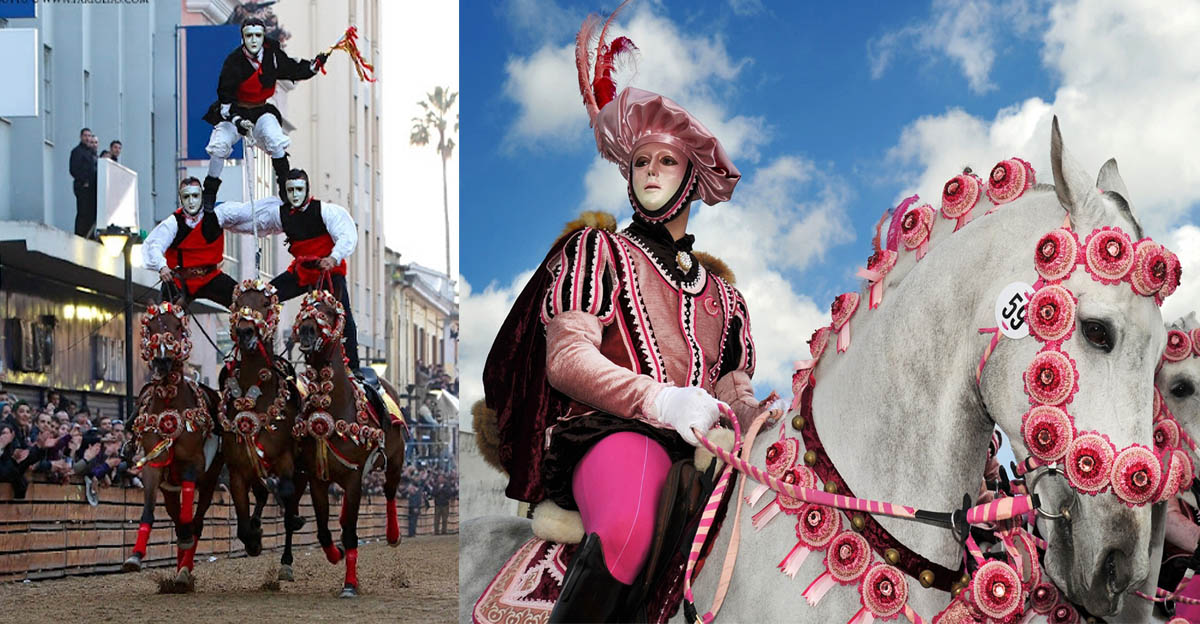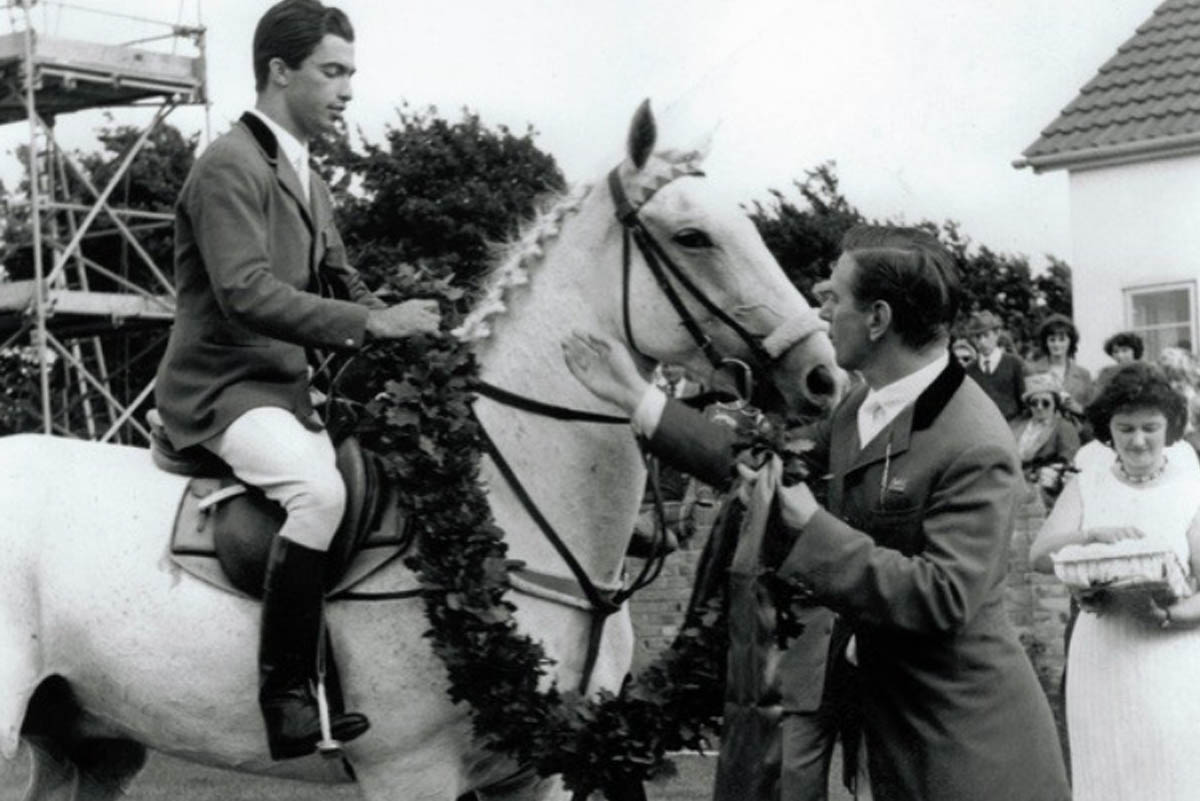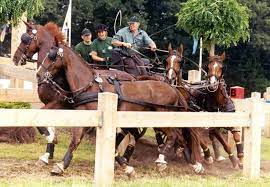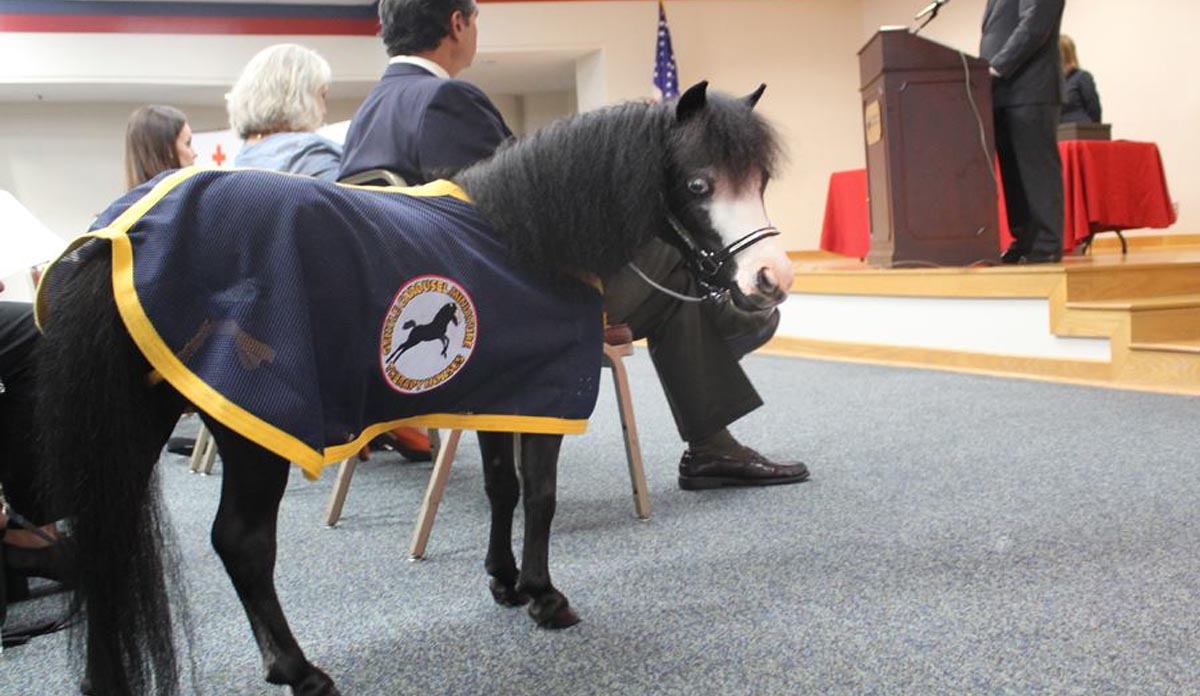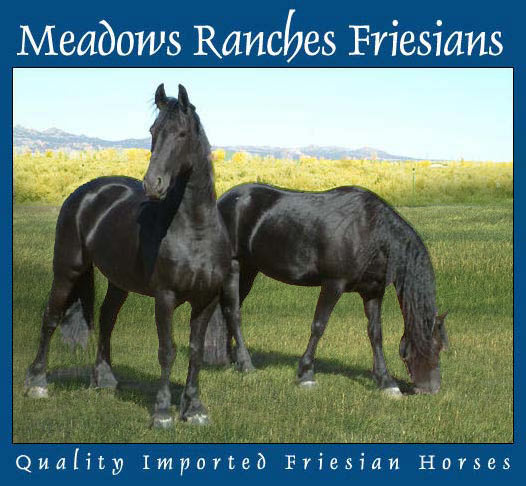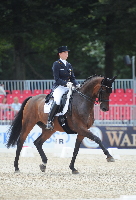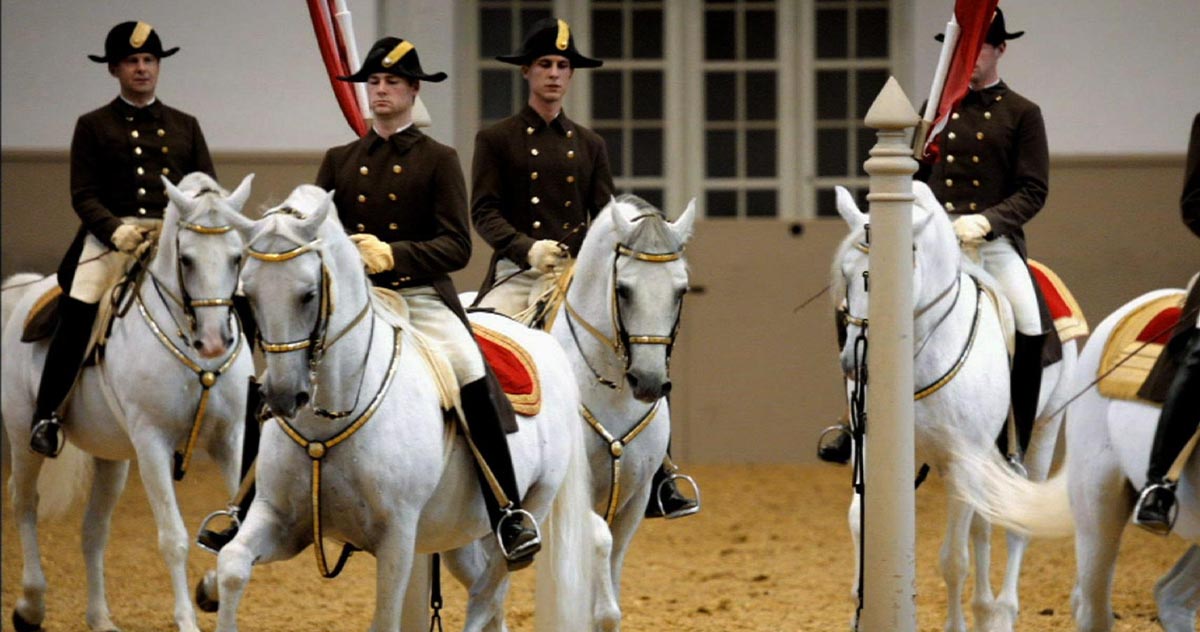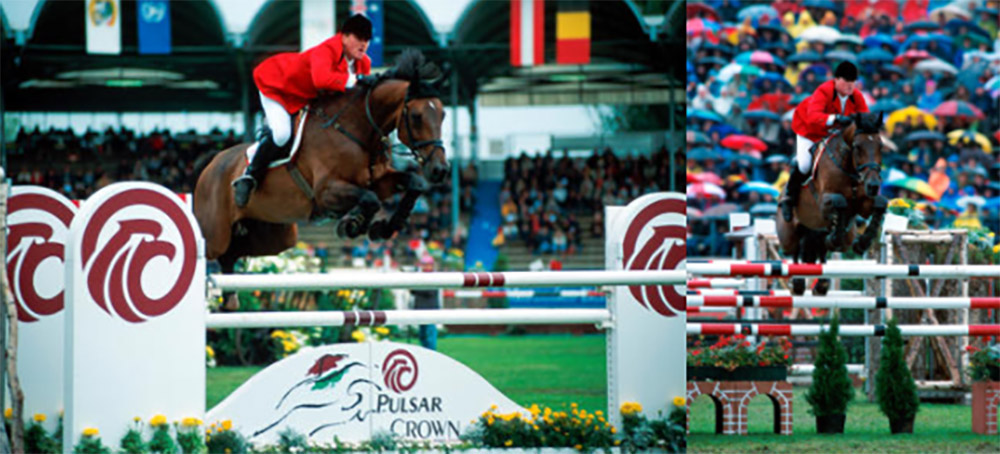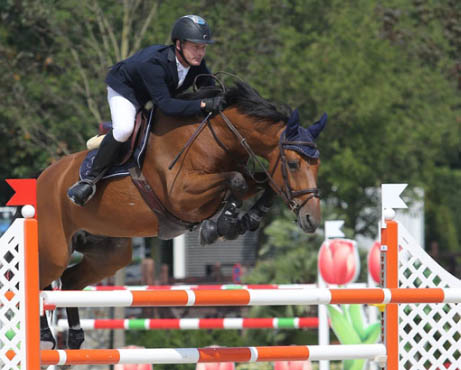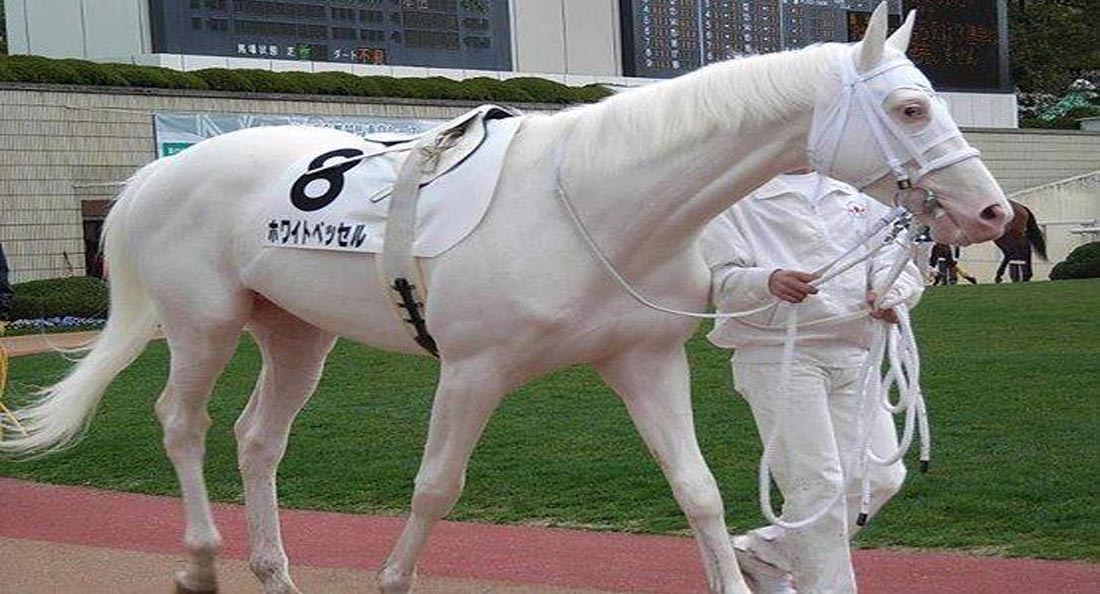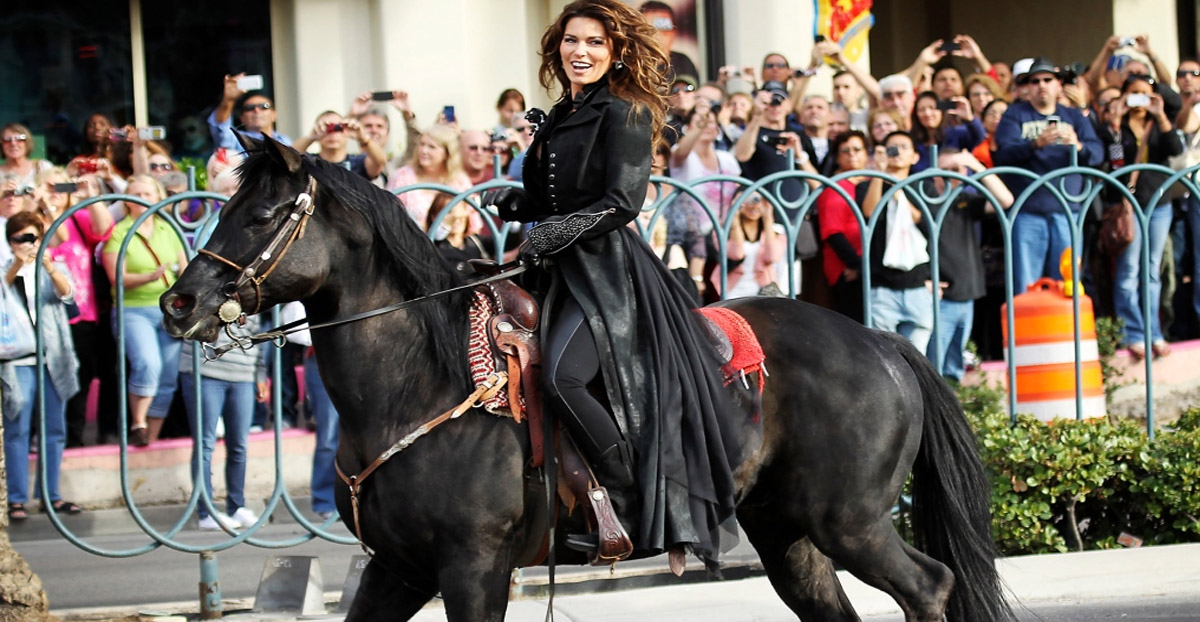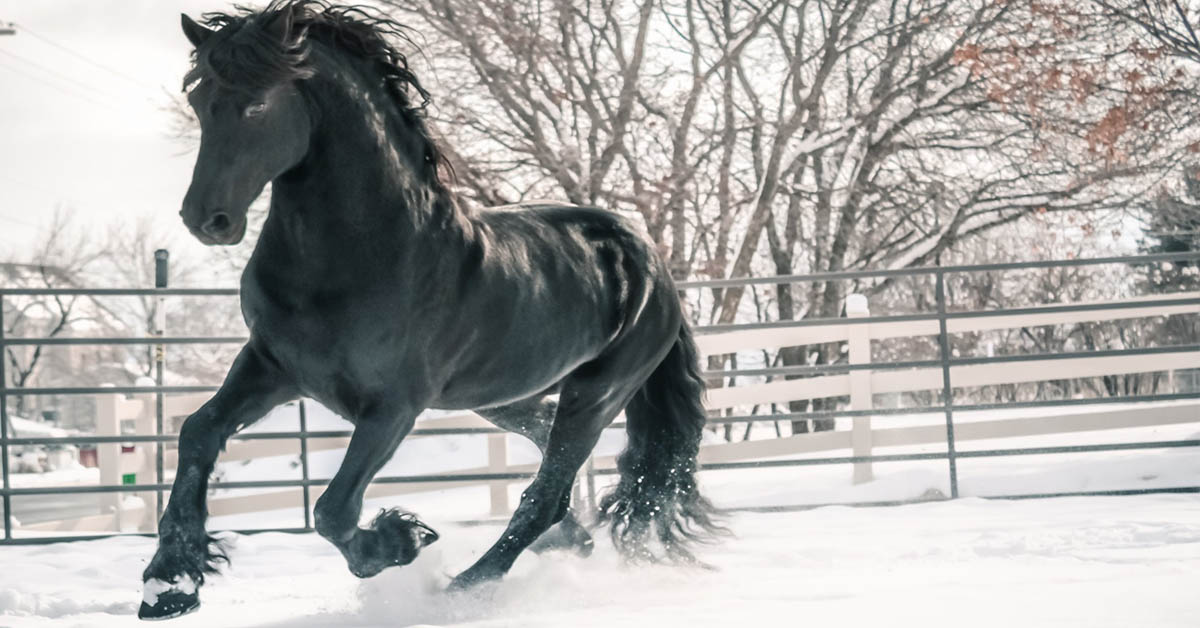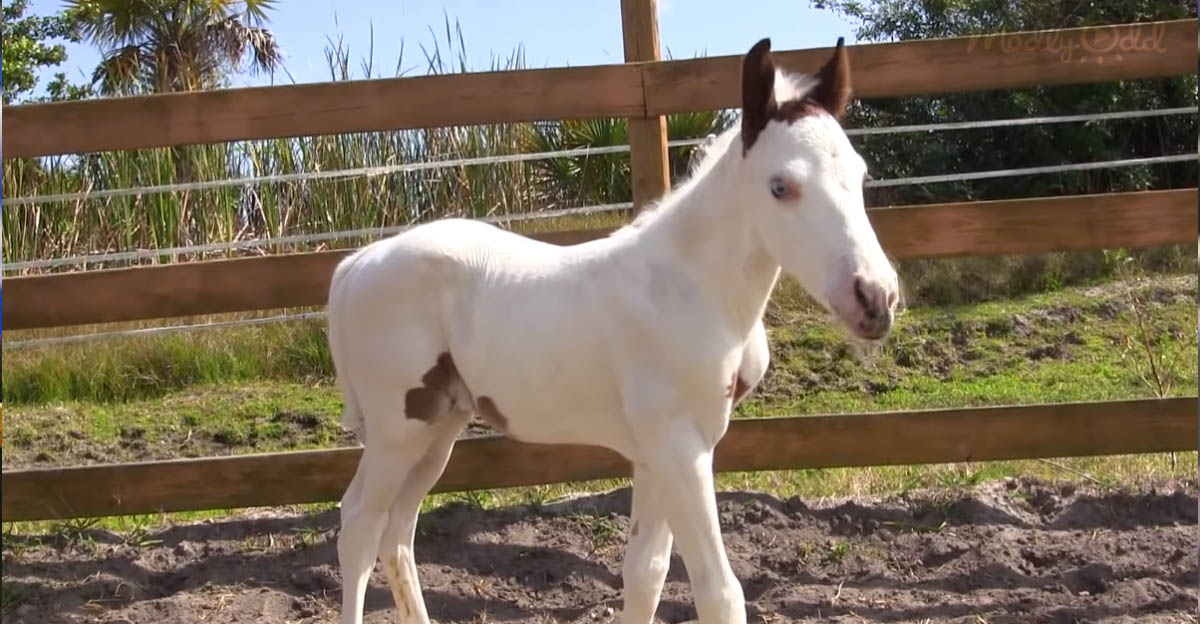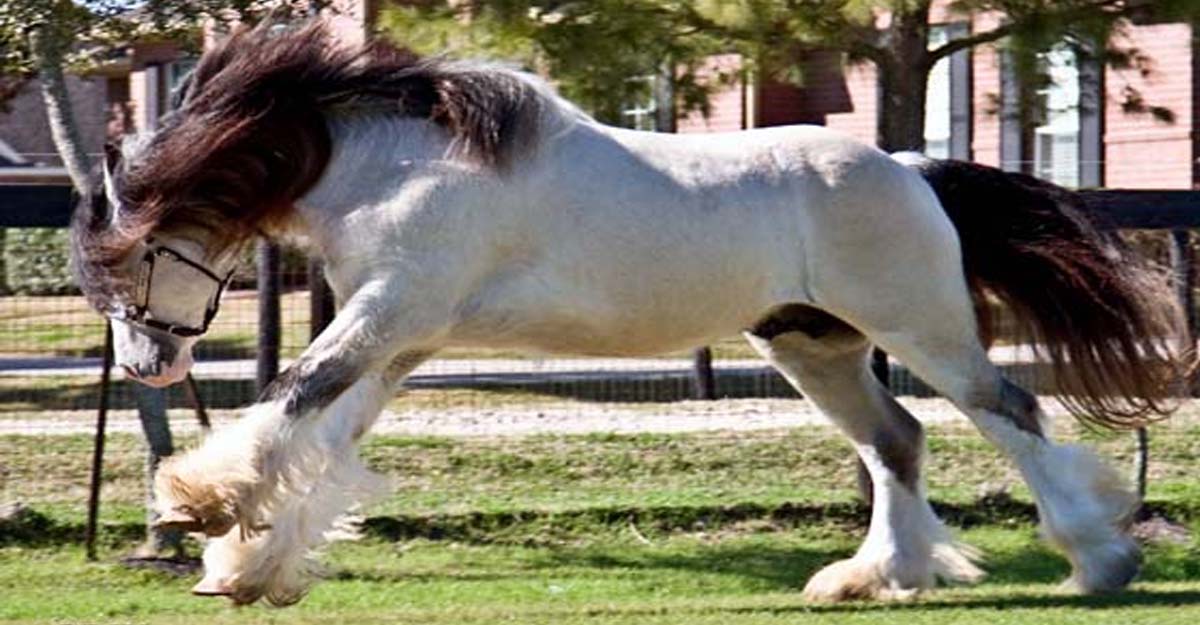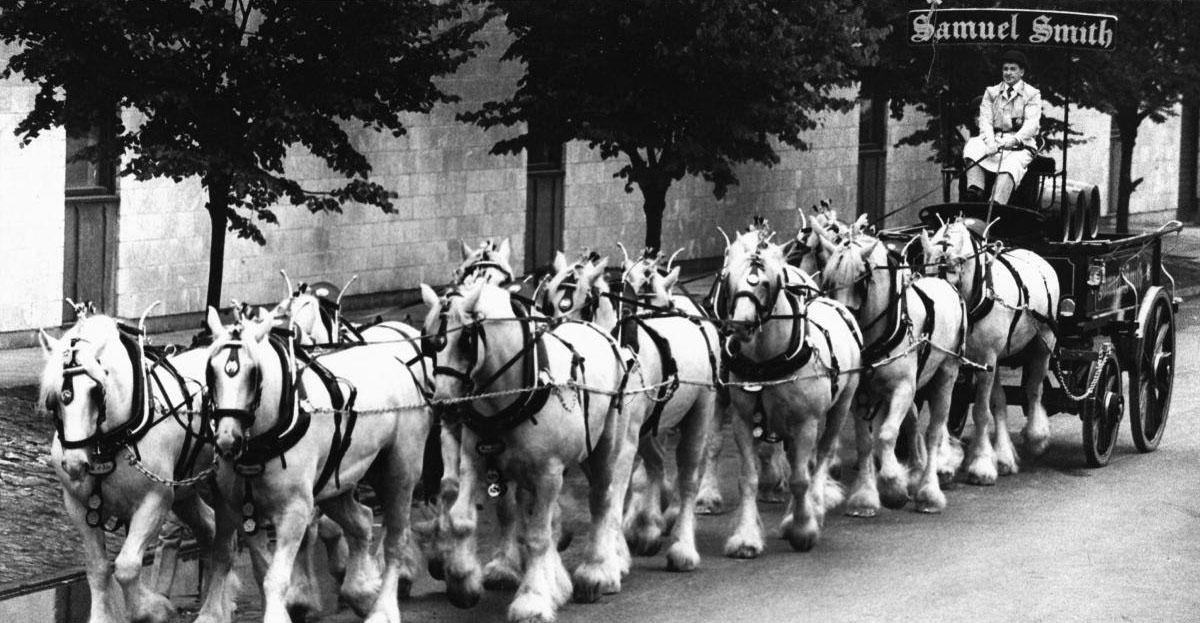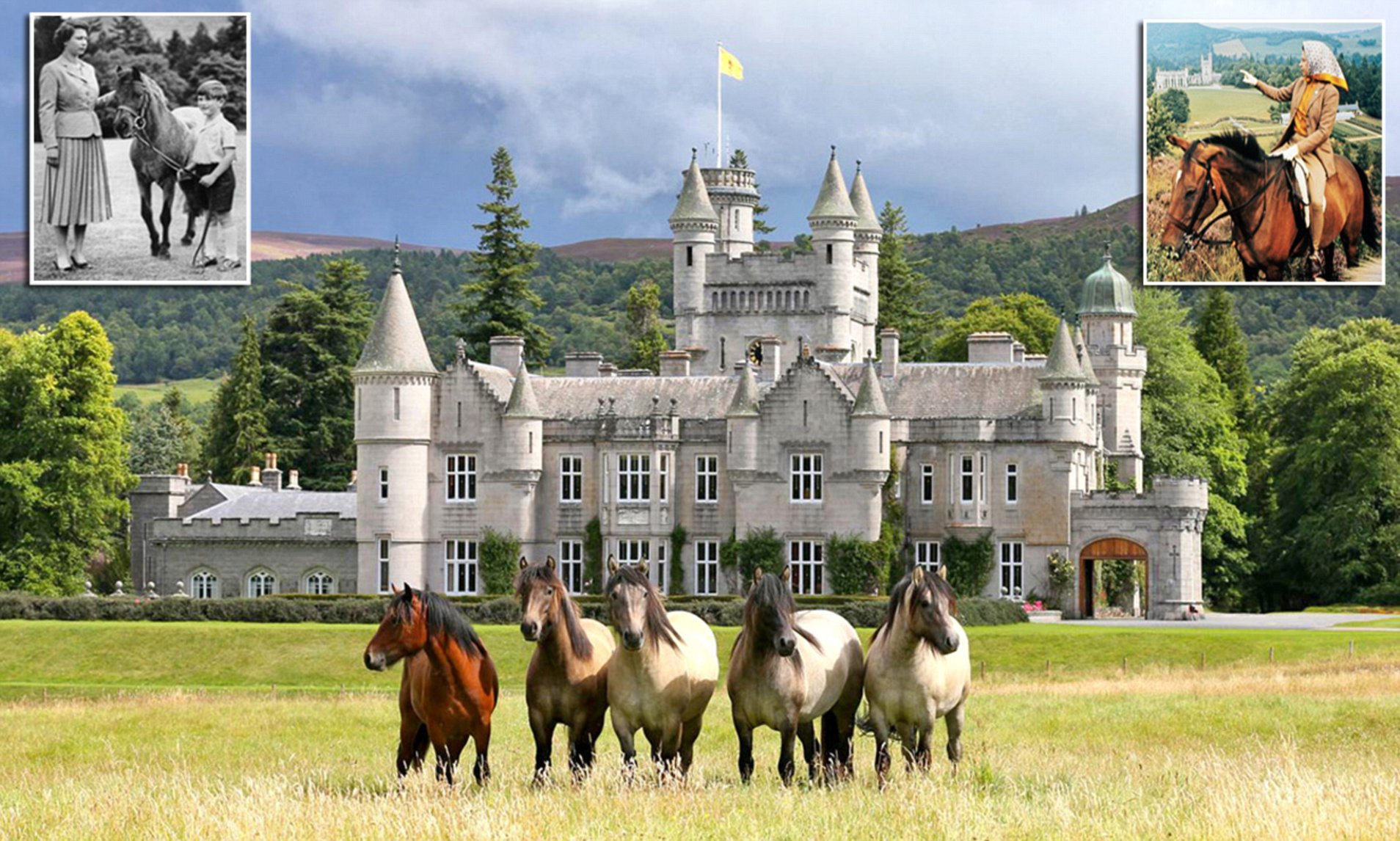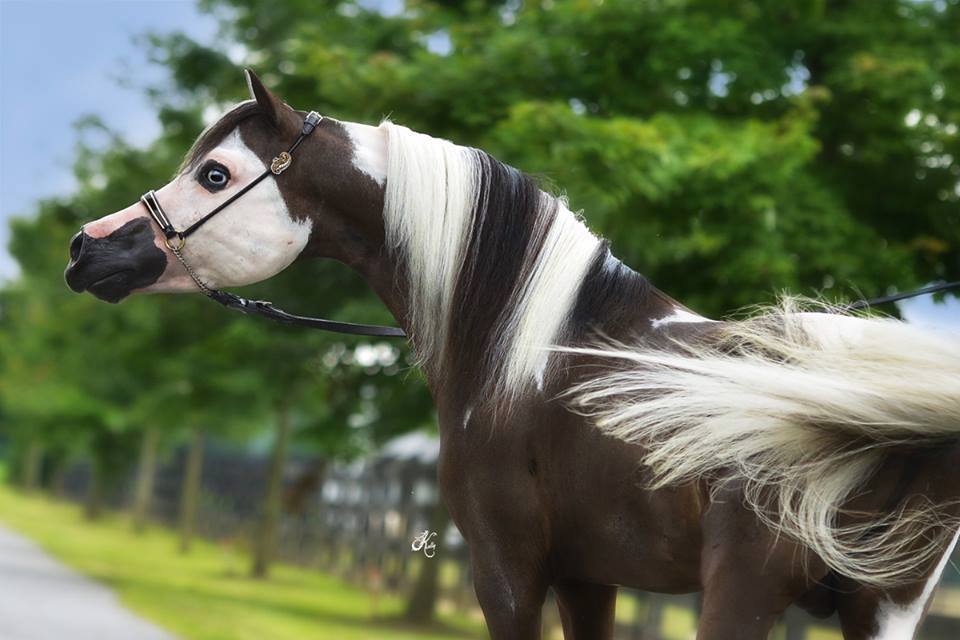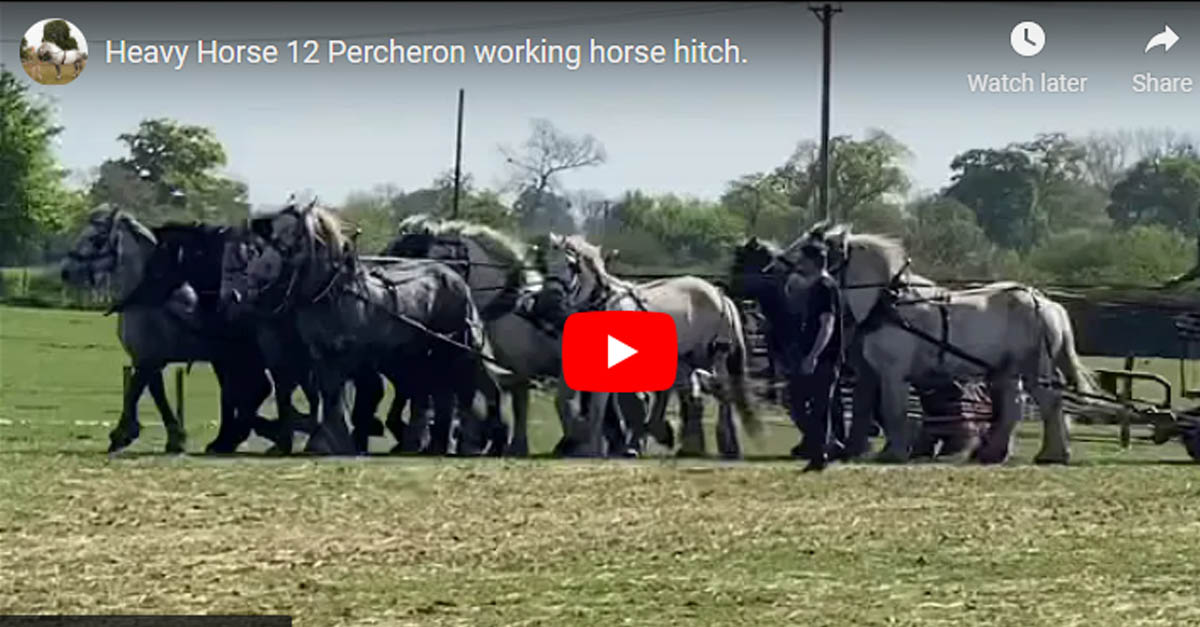Horse Stalls
Horse stalls have been an important part of horse care equipment for more than 3000 years. Not quite a century ago, horses were still valued as one of the most popular forms of transportation and livelihood available.
Horses were so highly prized that many cultures shared their homes, designed to include living space, or early versions of horse stalls, with their much needed livestock. In this way they could protect their animals from thieves, predators, or loss from wandering.
As we progressed, the addition of horse stables built solely to house our horse breeds became popular. These horse stables were designed with separate living spaces to allow for individual horse care and feeding.
Though we no longer rely on horses as we once did, many horse owners choose horse care that includes an equine barn.
One type of horse stall is a simple "tie stall". Typically there will be a number of these in a row along one wall. This stall only allows for a small area around the horse. The width being dictated by the horse breed and size, needed to accommodate the standing horse. The horse is tied up with access to a horse hay feeder and water bucket. Often, these "tie stalls" are without doors or structure behind the horse`s rump.
A box stall allows the horse to be loose and is a much larger arrangement, usually 10`X10` or better yet, 12`X12`.
A stall for a foaling mare should be at least 12`X12`. More room for the mares foaling and their baby horses will be appreciated by all.
Permanent equine stalls need to be constructed of very sturdy materials.

There are so many horse stall design companies and much to consider. The type of stall door should also be chosen to best suit the equine resident. Research of horse barn information will guide you to the styles that will best meet your needs.
Ventilation and natural light are very important elements as well. A window specifically designed with horses in mind should be in each stall.
Flooring always seems to be an issue. Whether you have an older barn with floors of natural materials, or a new barn with concrete floors, an excellent way to maintain a comfortable, cleanable, surface is to secure horse stall mats made of heavy rubber atop the floor.
This will greatly reduce the destruction of a pawing horse, helping also to maintain a cleaner environment, saving time and money in the long run.
Choosing the proper horse bedding is extremely important, this will avoid severe health issues.
Horse water buckets securely mounted on the wall with easy access for filling is a must.
An alternative of water buckets, atuomatic horse waterers are more expensive to purchase and install, but will save much time and labor.
Regular cleaning and checking of these automatic waterers is highly recommended.
A horse hay feeder or horse hay rack in each stall in not a must, but it will help to reduce the amount of waste when feeding horse hay on the ground.
Wall mounted horse feed buckets, or pans, or a combination of hay rack/feed pan that swings out of the stall enabling feeding to be done without entering the stall are also available.The option to feed from the outside of the stall is a great safety feature.
Horse indentification information is critical for successful horse care. Attaching a horse stall plaque to display information about feeding, horse medical information, and personnel contacts is a great way to avoid errors in communication.
Many stalls are now equipped with a system of automatic fly repellent for horses. This fly spray system, along with a regular and thorough stall mucking schedule, can greatly relieve the horses of biting insects.
During hot weather fans are often attached to, or strategically placed overhead for added ventilation.
Stalls offer many benefits for administering equine medical care and horse training. However, we must remember that choosing to keep a horse in a stall requires a commitment of care multiple times daily.
Always be conscientious of objects that your horse may reach or come into contact with. For example: electrical wiring, nails, protruding objects of any kind, and or neighboring horses.
Stalled horses are confined for hours each day. This can often lead to the development of bad habits such as stall weaving, horse cribbing, kicking the walls, or pawing. Over time these undesirable habits can cause health issues.
jollyballhorsetoyThere are toys for horses that you can put in their stalls designed to alleviate boredom, and many horses enjoy these tremendously.
One example are balls made of very sturdy rubber or hard plastic that can be hung from a wall or ceiling, or just left loose on the floor.
Also available, wall mounted roller or spinning devices that release a pleasing scent when played with by your horse.
Your equine may enjoy a wall mounted container that when licked or maneuverered releases a sweet taste or pellet treat.
Unless your horse veterinarian has prescribed stall rest as part of medical treatment, providing plenty of daily turnout or exercise for your equine will help to maintain a healthy body, mind, and horse spirit.
For horse owners that travel with their horses for competitions or other equestrian events, there are portable stalls for use temporarily.
These stalls are comprised of different types of metal framing surrounding wooden, canvas, or mesh panels that allow for quick set-up and reconfiguration when needed.
So, whether you provide the stall for your horse, or board him, daily horse care and feeding is no small responsibility.

Horses were so highly prized that many cultures shared their homes, designed to include living space, or early versions of horse stalls, with their much needed livestock. In this way they could protect their animals from thieves, predators, or loss from wandering.
As we progressed, the addition of horse stables built solely to house our horse breeds became popular. These horse stables were designed with separate living spaces to allow for individual horse care and feeding.
Though we no longer rely on horses as we once did, many horse owners choose horse care that includes an equine barn.
One type of horse stall is a simple "tie stall". Typically there will be a number of these in a row along one wall. This stall only allows for a small area around the horse. The width being dictated by the horse breed and size, needed to accommodate the standing horse. The horse is tied up with access to a horse hay feeder and water bucket. Often, these "tie stalls" are without doors or structure behind the horse`s rump.
A box stall allows the horse to be loose and is a much larger arrangement, usually 10`X10` or better yet, 12`X12`.
A stall for a foaling mare should be at least 12`X12`. More room for the mares foaling and their baby horses will be appreciated by all.
Permanent equine stalls need to be constructed of very sturdy materials.

There are so many horse stall design companies and much to consider. The type of stall door should also be chosen to best suit the equine resident. Research of horse barn information will guide you to the styles that will best meet your needs.
Ventilation and natural light are very important elements as well. A window specifically designed with horses in mind should be in each stall.
Flooring always seems to be an issue. Whether you have an older barn with floors of natural materials, or a new barn with concrete floors, an excellent way to maintain a comfortable, cleanable, surface is to secure horse stall mats made of heavy rubber atop the floor.
This will greatly reduce the destruction of a pawing horse, helping also to maintain a cleaner environment, saving time and money in the long run.
Choosing the proper horse bedding is extremely important, this will avoid severe health issues.
Horse water buckets securely mounted on the wall with easy access for filling is a must.
An alternative of water buckets, atuomatic horse waterers are more expensive to purchase and install, but will save much time and labor.
Regular cleaning and checking of these automatic waterers is highly recommended.
A horse hay feeder or horse hay rack in each stall in not a must, but it will help to reduce the amount of waste when feeding horse hay on the ground.
Wall mounted horse feed buckets, or pans, or a combination of hay rack/feed pan that swings out of the stall enabling feeding to be done without entering the stall are also available.The option to feed from the outside of the stall is a great safety feature.
Horse indentification information is critical for successful horse care. Attaching a horse stall plaque to display information about feeding, horse medical information, and personnel contacts is a great way to avoid errors in communication.
Many stalls are now equipped with a system of automatic fly repellent for horses. This fly spray system, along with a regular and thorough stall mucking schedule, can greatly relieve the horses of biting insects.
During hot weather fans are often attached to, or strategically placed overhead for added ventilation.
Stalls offer many benefits for administering equine medical care and horse training. However, we must remember that choosing to keep a horse in a stall requires a commitment of care multiple times daily.
Always be conscientious of objects that your horse may reach or come into contact with. For example: electrical wiring, nails, protruding objects of any kind, and or neighboring horses.
Stalled horses are confined for hours each day. This can often lead to the development of bad habits such as stall weaving, horse cribbing, kicking the walls, or pawing. Over time these undesirable habits can cause health issues.
jollyballhorsetoyThere are toys for horses that you can put in their stalls designed to alleviate boredom, and many horses enjoy these tremendously.
One example are balls made of very sturdy rubber or hard plastic that can be hung from a wall or ceiling, or just left loose on the floor.
Also available, wall mounted roller or spinning devices that release a pleasing scent when played with by your horse.
Your equine may enjoy a wall mounted container that when licked or maneuverered releases a sweet taste or pellet treat.
Unless your horse veterinarian has prescribed stall rest as part of medical treatment, providing plenty of daily turnout or exercise for your equine will help to maintain a healthy body, mind, and horse spirit.
For horse owners that travel with their horses for competitions or other equestrian events, there are portable stalls for use temporarily.
These stalls are comprised of different types of metal framing surrounding wooden, canvas, or mesh panels that allow for quick set-up and reconfiguration when needed.
So, whether you provide the stall for your horse, or board him, daily horse care and feeding is no small responsibility.



